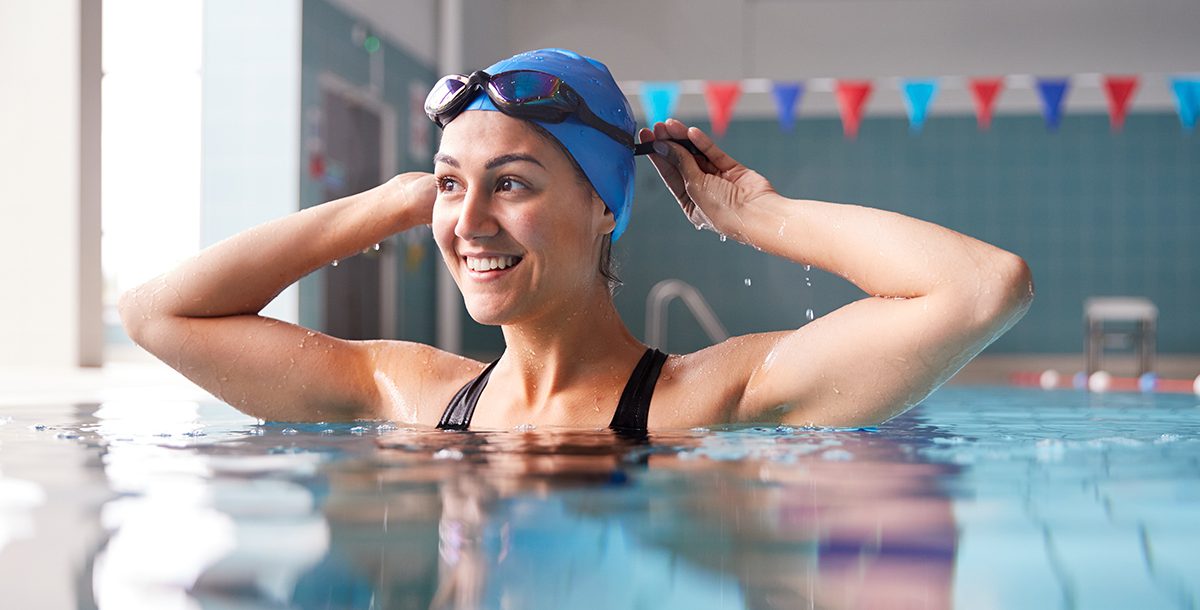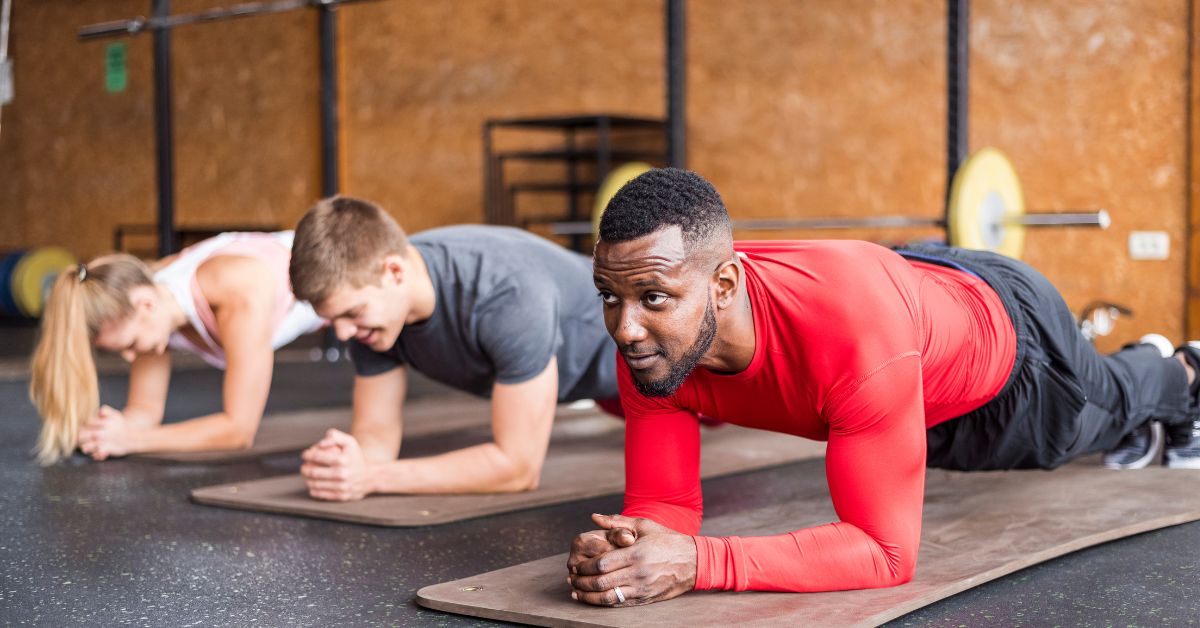Swimming is not only a fun summer hobby, it’s great exercise.
Swimming is often used as part of rehab for injuries as well as an exercise option for those who need a low-resistance activity. However, there are some injuries related to swimming, too. So, if you want to rely on swimming for regular exercise, it’s important to be aware of these injuries and how to avoid them.
Health benefits of swimming
Swimming is a great form of exercise that has a low impact on the body and joints. This makes it easier for those with concerns about high-impact exercise to get a full-body workout. Swimming is a form of aerobic exercise, which means it also builds strength. It does so by working all muscle groups while also improving cardiovascular fitness. Best of all, it’s appropriate for all ages and can even help to reduce pain, anxiety and stress.
Getting started with swimming
Before starting consistent swimming exercise, consult with your primary care provider. They will know your health history and will be able to tell you if swimming is a safe exercise for you.
Always swim where there is a lifeguard. If you’re not a strong swimmer, consider taking swimming lessons before swimming on your own. Goggles can help avoid eye irritation, but it is your preference.
Start slowly and work in the lap lanes. Kick with a kickboard for leg strength or work on your arms by using a pull buoy. Build up your time in the pool each time you swim. Be sure to drink water throughout your workout as you won’t notice that thirst as much since you won’t be hot and sweaty.
Three common swimming injuries to avoid
The most common swimming injuries are swimmer’s shoulder, swimmer’s knee and swimmer’s ear. Swimming overuse injuries are most common since swim strokes are repetitive motions. However, this usually happens more with athletes due to training compared to the everyday swimmer, like you.
- Swimmer’s shoulder is a type of overuse injury and can be a result of some rotator cuff issues or lack of muscle strength surrounding the joint. Swimming can also cause a rotator cuff injury because of the repetitive nature of strokes.
- Swimmer’s knee is sometimes called breaststroke knee because it is more commonly seen in those who swim with this stroke. Inflammation and hip pain sometimes plague swimmers that use this stroke often. Swimmer’s back is a similar overuse injury can be related to dolphin kicks. But again, these injuries are mostly seen in those who are training every day.
- Swimmer’s ear is something that can affect anyone who goes in the water. This is an infection caused by trapped water in the ear canal. Try to shake out water in your ears and dry them thoroughly after swimming. If you have ear pain, fever or itchiness, check with your primary care provider as this is typically easily treated with medicated drops or antibiotics.
Using proper form, resting and avoiding overuse are all key to avoiding injury or having pain when it comes to swimming. Varying your workout and strokes will help to avoid overuse injuries. Adding some strength training to your exercise schedule will help strengthen the muscles around your joints. And then rest is also crucial to recovery. Be sure to build in rest days to give your body time to heal in between workouts.
As with any exercise, you might experience muscle soreness. Some light stretching following a workout can help reduce this.
Learn more about the primary care and sports medicine services we offer at Bon Secours





